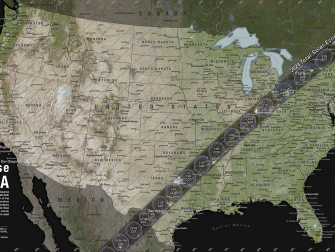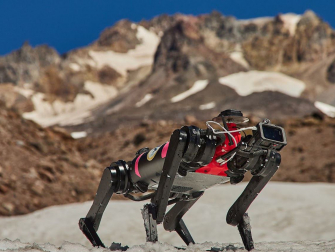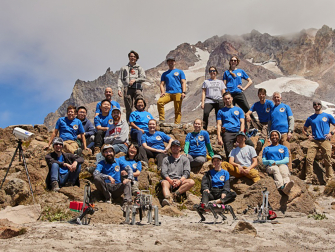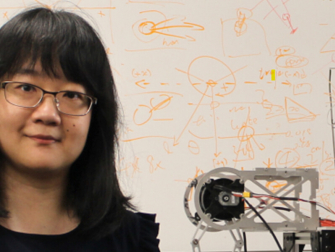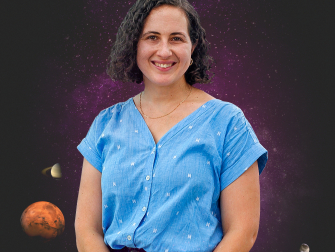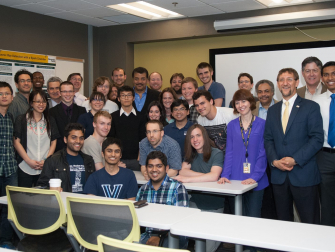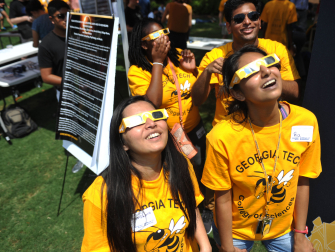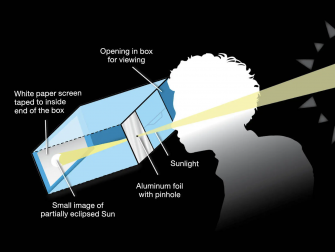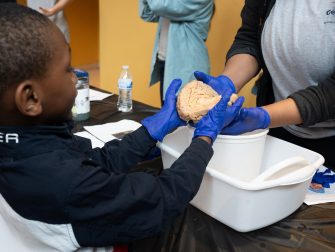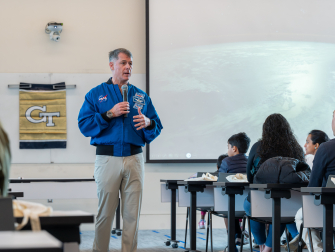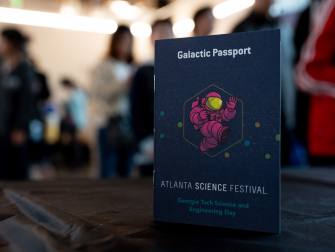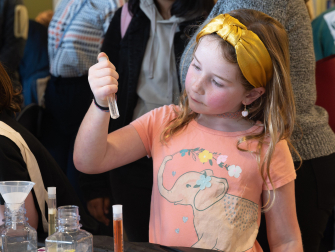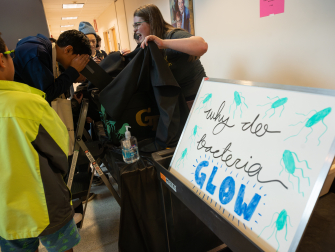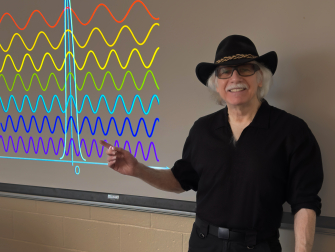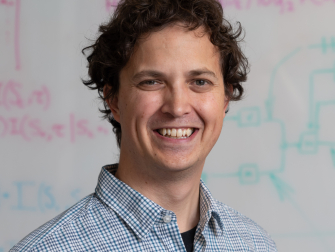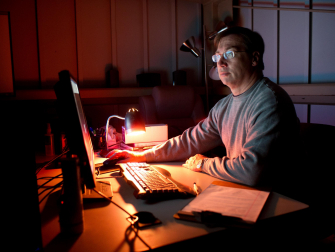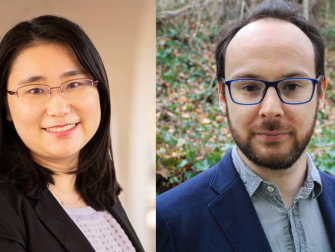Sparked by a professor’s interest, 55 students from the School of Physics will travel to Illinois to enter the path of totality for the April 8 total solar eclipse.
Scientists at Georgia Tech have teamed up with the University of Southern California (USC), University of Pennsylvania, Texas A&M, Oregon State, Temple University, and NASA Johnson Space Center to teach dog-like robots to navigate craters of the Moon and other challenging planetary surfaces in research funded by NASA.
Wise, a professor in the School of Physics and director of the Center for Relativistic Astrophysics, spoke to how the James Webb Space Telescope has impacted astrophysics and our understanding of the formation of galaxies and black holes — a research area he specializes in at Georgia Tech.
While outside of the path of totality, the Georgia Tech community can still take part in the historic April total solar eclipse.
Chunhui (Rita) Du has been awarded a $652,965 grant by the U.S. Department of Energy for her research into quantum sensing. “The project has the potential to make important contributions to the burgeoning field of quantum materials,” says Du, “and to significantly promote the role of topological magnets in developing next-generation, transformative information technologies.”
Science and Engineering Day at the Institute included more than 45 exhibitions and interactive demonstrations, hosted by Tech faculty, staff, and students. The highlight of the event was a presentation by alumnus and former NASA astronaut Shane Kimbrough, who shared with audiences his experience of living and working in space.
More than 30 College of Sciences faculty across all six schools and the Undergraduate Program in Neuroscience are recognized by the Institute for their excellence in research and teaching.
School of Physics Professor Rick Trebino was honored for his invention and development of techniques for the complete and rigorous measurement of ultrashort laser pulses.
NSF has awarded the interdisciplinary team six years of funding to support the Integrative Movement Sciences Institute. The Institute, which includes a Georgia Tech contingent of researchers led by Co-PI Simon Sponberg, aims to bridge research on muscles spanning the molecular level to the whole animal to understand dynamic locomotion.
This year brings another February 29. Why do leap years occur? Jim Sowell is a principal academic professional in the School of Physics and the director of the Georgia Tech Observatory. He says the leap year’s creation goes back to Julius Caesar.
Energy materials facilitate the conversion or transmission of energy. They also play an essential role in how we store energy, reduce power consumption, and develop cleaner, efficient energy solutions.
Mathematician Alex Blumenthal and Physicist Chunhui (Rita) Du are among 126 early-career researchers who have been awarded prestigious Sloan Research Fellowships for 2024. This year’s appointees also include Georgia Tech faculty Juan-Pablo Correa-Baena of the College of Engineering, and Daniel Genkin of the College of Computing.
- ‹ previous
- 2 of 21
- next ›


